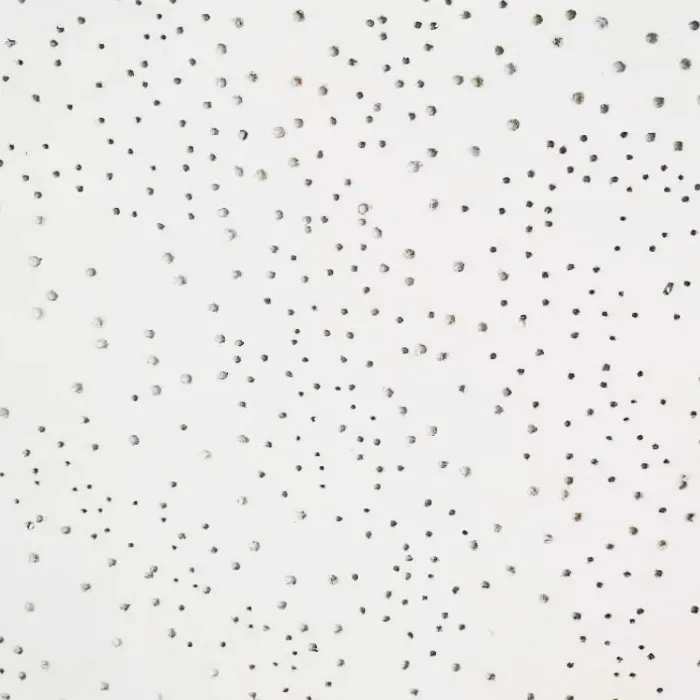9 月 . 03, 2024 12:28 Back to list
ceiling grid main tee
Exploring Ceiling Grid Main Tee A Crucial Element in Modern Interiors
In the realm of modern architectural design, the ceiling is often considered the fifth wall of a space. Among the various components that contribute to the aesthetics and functionality of a ceiling, the ceiling grid main tee plays a pivotal role. This article delves into the significance, structure, and applications of ceiling grid main tees, elucidating their importance in both commercial and residential settings.
What is a Ceiling Grid Main Tee?
A ceiling grid main tee is a long metal channel that serves as a foundational support within a suspended ceiling system. Typically made from galvanized steel or aluminum, these tees are designed to provide a sturdy framework for the entire ceiling grid layout. Main tees are crucial as they support the cross tees and individual ceiling panels, ensuring the ceiling remains level and secure.
Structure and Design
The design of a ceiling grid system generally consists of main tees and cross tees that form a grid layout. The main tees are longer, spanning the length of the room, while cross tees connect perpendicularly to create a grid. This modular design not only allows for easy installation but also facilitates quick access to overhead utilities, such as plumbing, electrical wiring, and HVAC systems.
The standard measurements for main tees typically vary, but the most common lengths are 12 and 24 feet, with a width of approximately 15/16 inches. This uniformity simplifies the installation process, making it easier for contractors and builders to work efficiently. Moreover, the versatility of main tees allows for various ceiling panel options, ranging from acoustical tiles to decorative elements, tailoring the design to suit different environments.
Advantages of Using Ceiling Grid Main Tees
ceiling grid main tee

One of the main advantages of employing ceiling grid main tees is their ability to enhance the acoustic properties of a space. When combined with acoustical ceiling tiles, they can significantly reduce noise levels, making them ideal for offices, schools, and hospitals. Additionally, the suspended nature of ceilings can help in improving thermal insulation, thereby contributing to energy efficiency.
Another key benefit is the ease of maintenance. A suspended ceiling system equipped with main tees allows for simple access to ductwork and other utilities without requiring extensive demolition. If a ceiling tile is damaged, it can usually be replaced quickly without disturbing the entire grid or system.
Applications in Different Settings
Ceiling grid main tees are ubiquitous in a variety of settings. In commercial buildings, such as offices and retail spaces, they offer a clean and professional look while supporting advanced lighting and ventilation systems. In educational institutions, suspended ceilings help create conducive learning environments by minimizing distractions and improving sound quality.
In residential applications, homeowners increasingly utilize ceiling grid systems to add interest to their spaces, whether in basements, living rooms, or kitchens. Decorative tiles can be installed within the grid framework, allowing for personalized design choices that reflect individual styles.
Conclusion
In conclusion, ceiling grid main tees represent a critical element in contemporary ceiling design. Their structural integrity, ease of installation, and potential for enhancing acoustic properties make them a staple in both commercial and residential projects. As we continue to evolve in our architectural endeavors, understanding and utilizing components like ceiling grid main tees will remain essential in creating spaces that are not only aesthetically pleasing but also functional and efficient.
-
Revolutionizing Interior Design with Ceilings t grid Suspended SystemNewsOct.29,2024
-
Revolutionizing Ceiling Design with ceiling access panel with Gypsum Tile WaterproofNewsOct.29,2024
-
Revolutionizing Interior Design with PVC Gypsum Ceiling: A Comprehensive GuideNewsOct.29,2024
-
Elevating Interior Design with High quality Mineral Fiber Ceiling TilesNewsOct.29,2024
-
Revolutionizing Interior Design with PVC Gypsum Ceiling: A Comprehensive GuideNewsOct.29,2024
-
Elevating Interior Design with High-Quality Mineral Fiber Ceiling Tiles: A Comprehensive GuideNewsOct.29,2024







